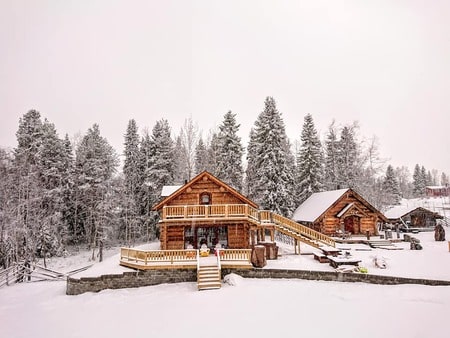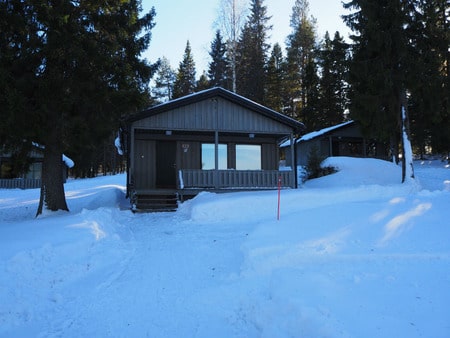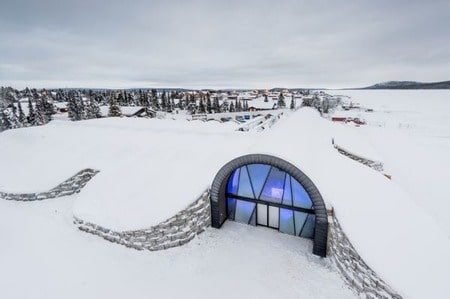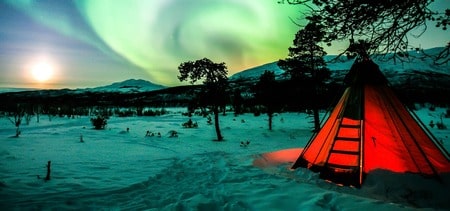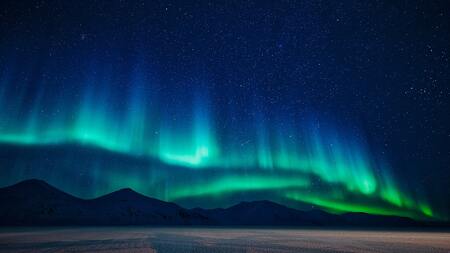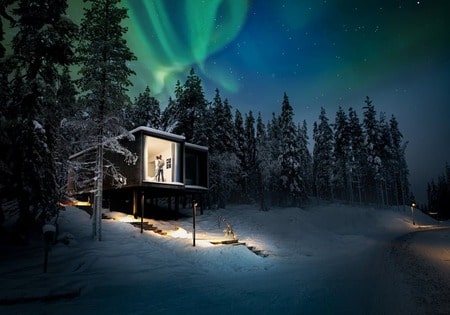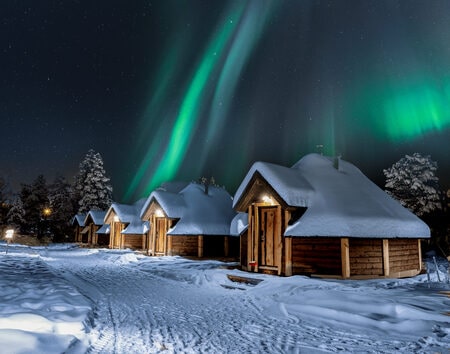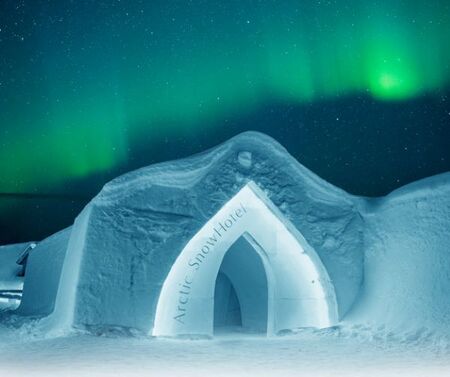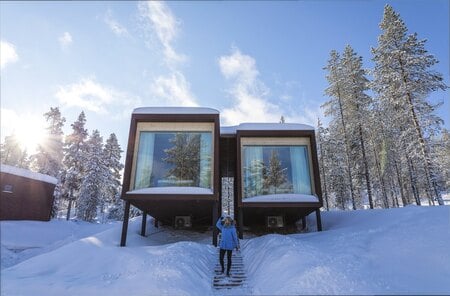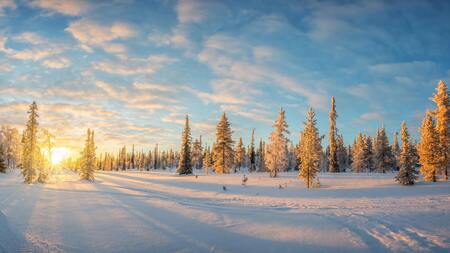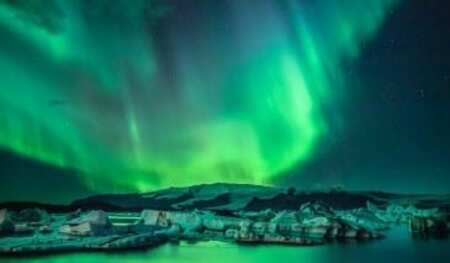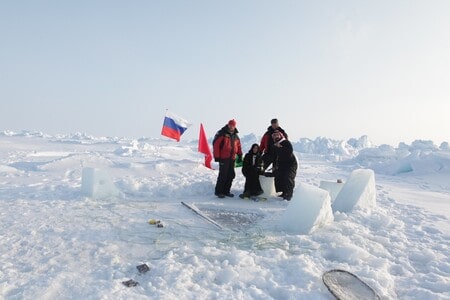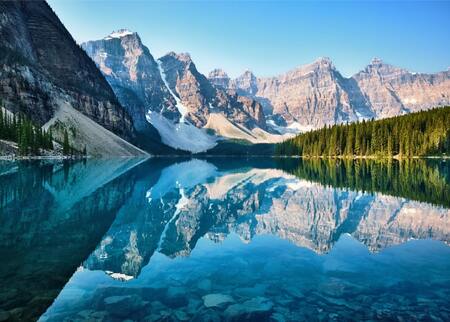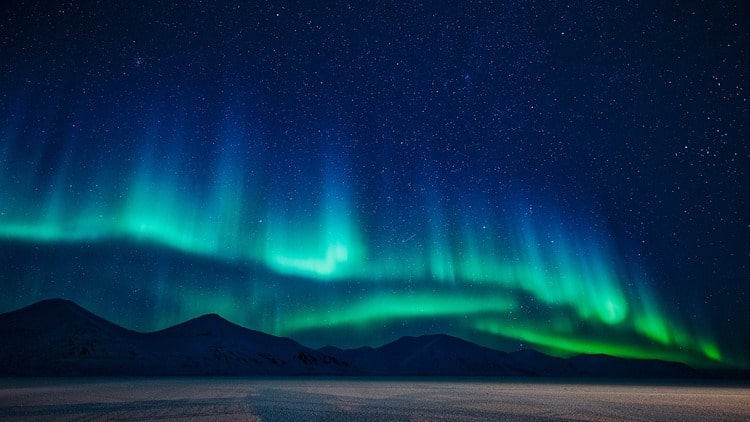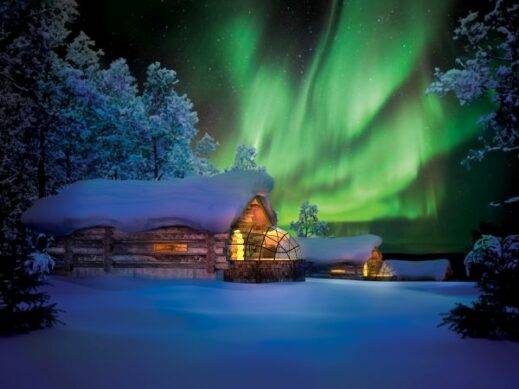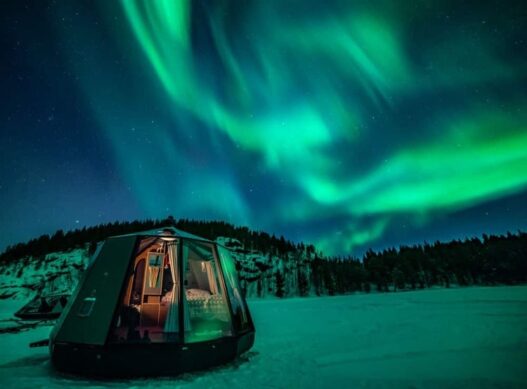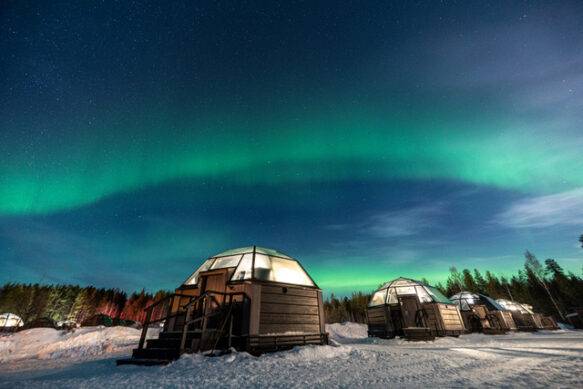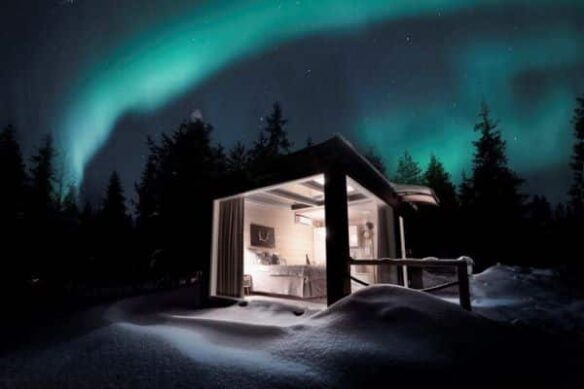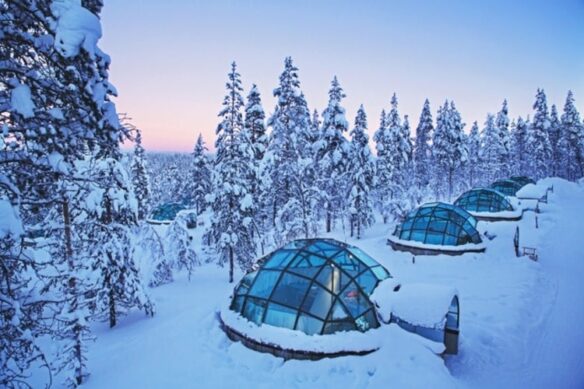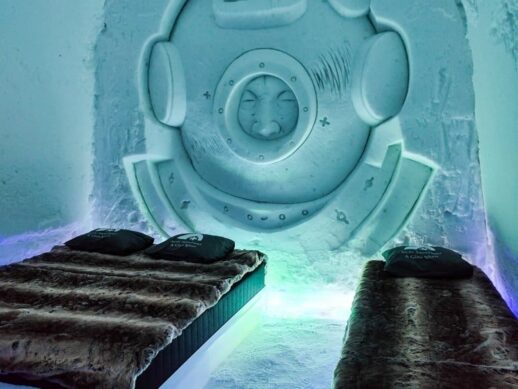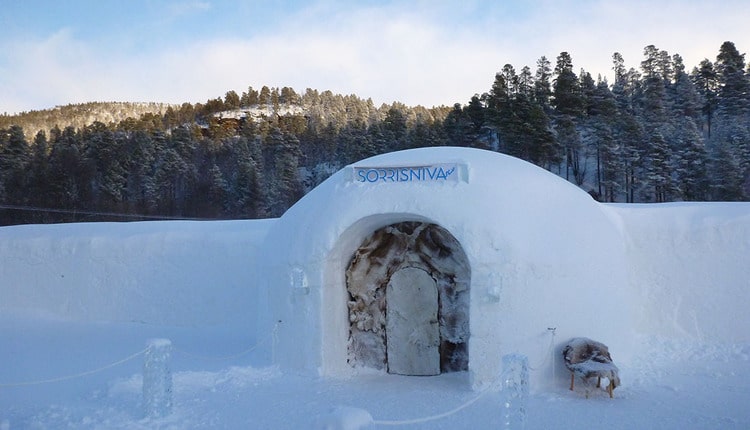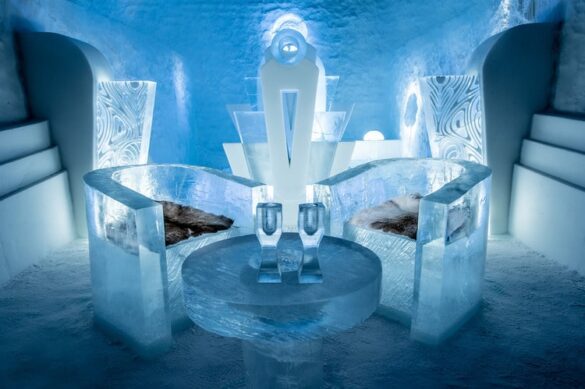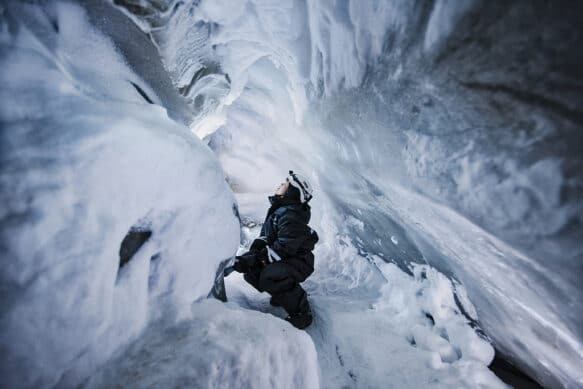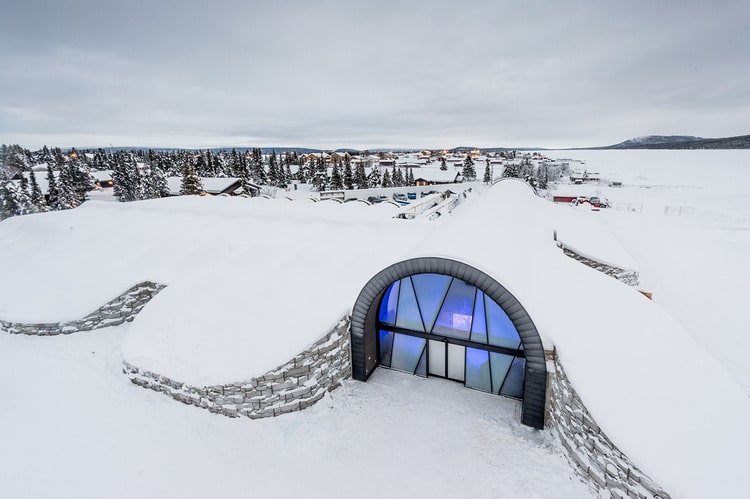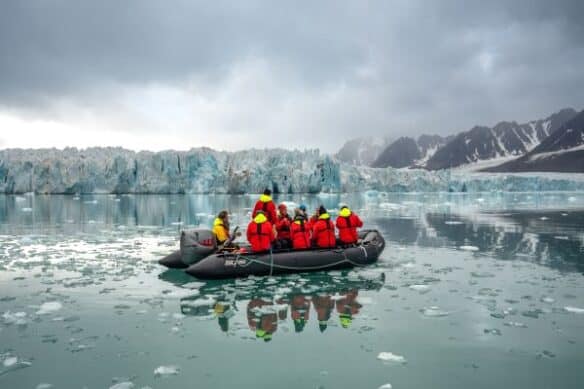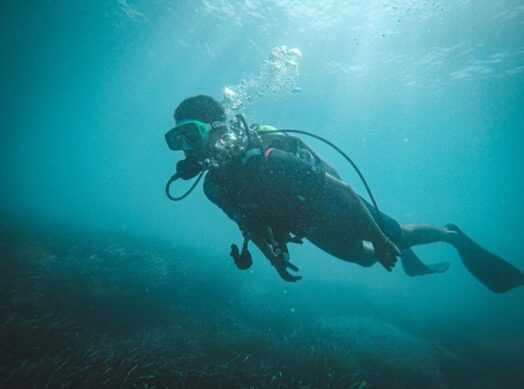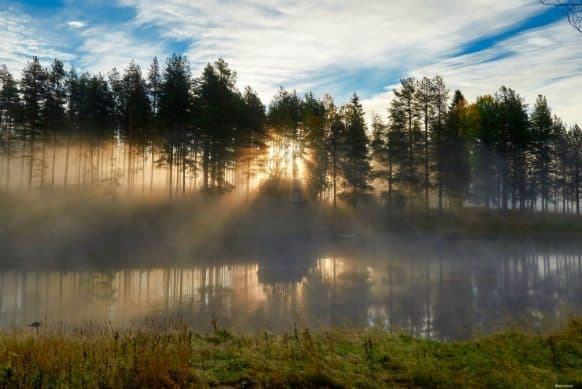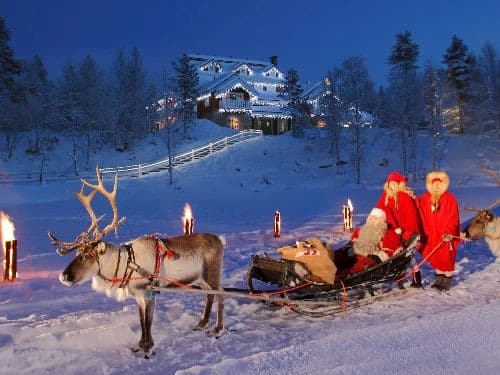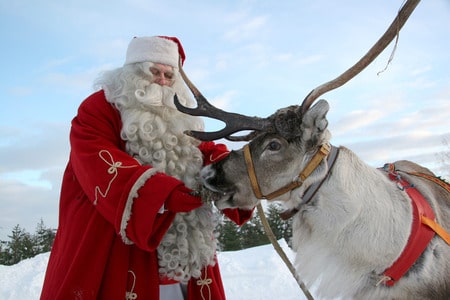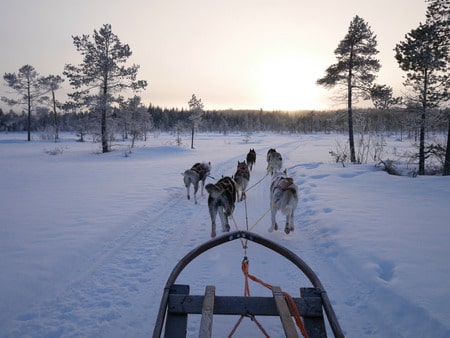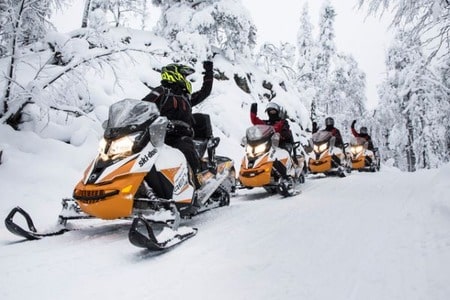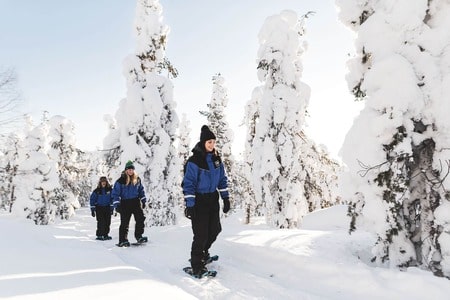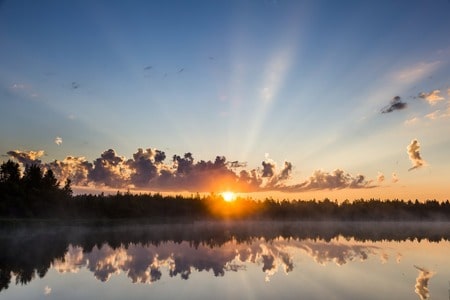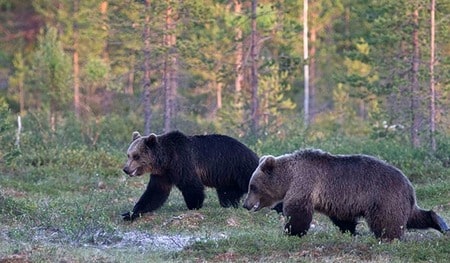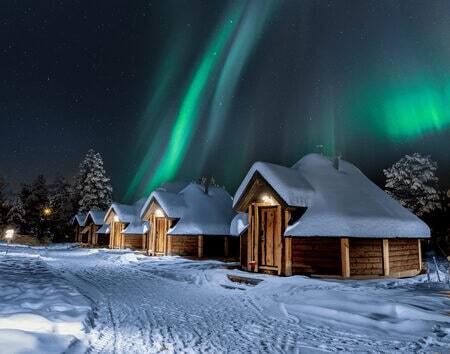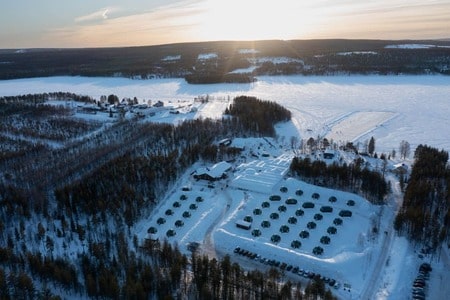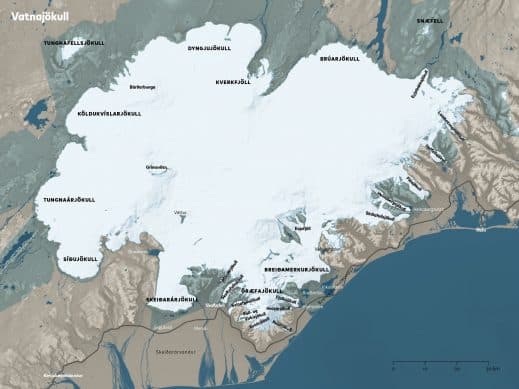Vatnajökull National Park, is now a UNESCO World Heritage Site following an announcement this afternoon from the organisation.
UNESCO said;
“This iconic volcanic region covers an area of over 1,400,000 ha, nearly 14% of Iceland’s territory,” the announcement reads in part. “It numbers ten central volcanoes, eight of which are subglacial. Two of these are among the most active in Iceland. The interaction between volcanoes and the rifts that underlie the Vatnajökull ice cap takes many forms, the most spectacular of which is the jökulhlaup – a sudden flood caused by the breach of the margin of a glacier during an eruption. This recurrent phenomenon has led to the emergence of unique sandur plains, river systems and rapidly evolving canyons. Volcanic areas are home to endemic groundwater fauna that has survived the Ice Age.”
Charlotte Marshall Reynolds, Director at Travelbee LTD (Arctic Direct, Arctic Education) said;
“This is great news for Iceland and for the Vatnajökull National Park giving both important World Heritage recognition and it’s associated protections to this important area. Having been under consideration since last year i’m delighted to see that UNESCO has this afternoon awarded Vatnajökull the UNESCO World Heritage Site status.”
Vatnajökull National Park, pictured below, includes the national parks in Skaftafell (est. 1967) and Jökulsárgljúfur (est. 1973) along with the Vatnajökull ice cap itself and extensive areas around it. Established as a national park in 2008, Vatnajökull National Park is the largest of its kind in Europe.


